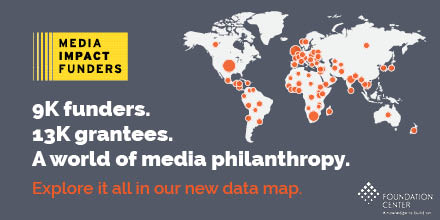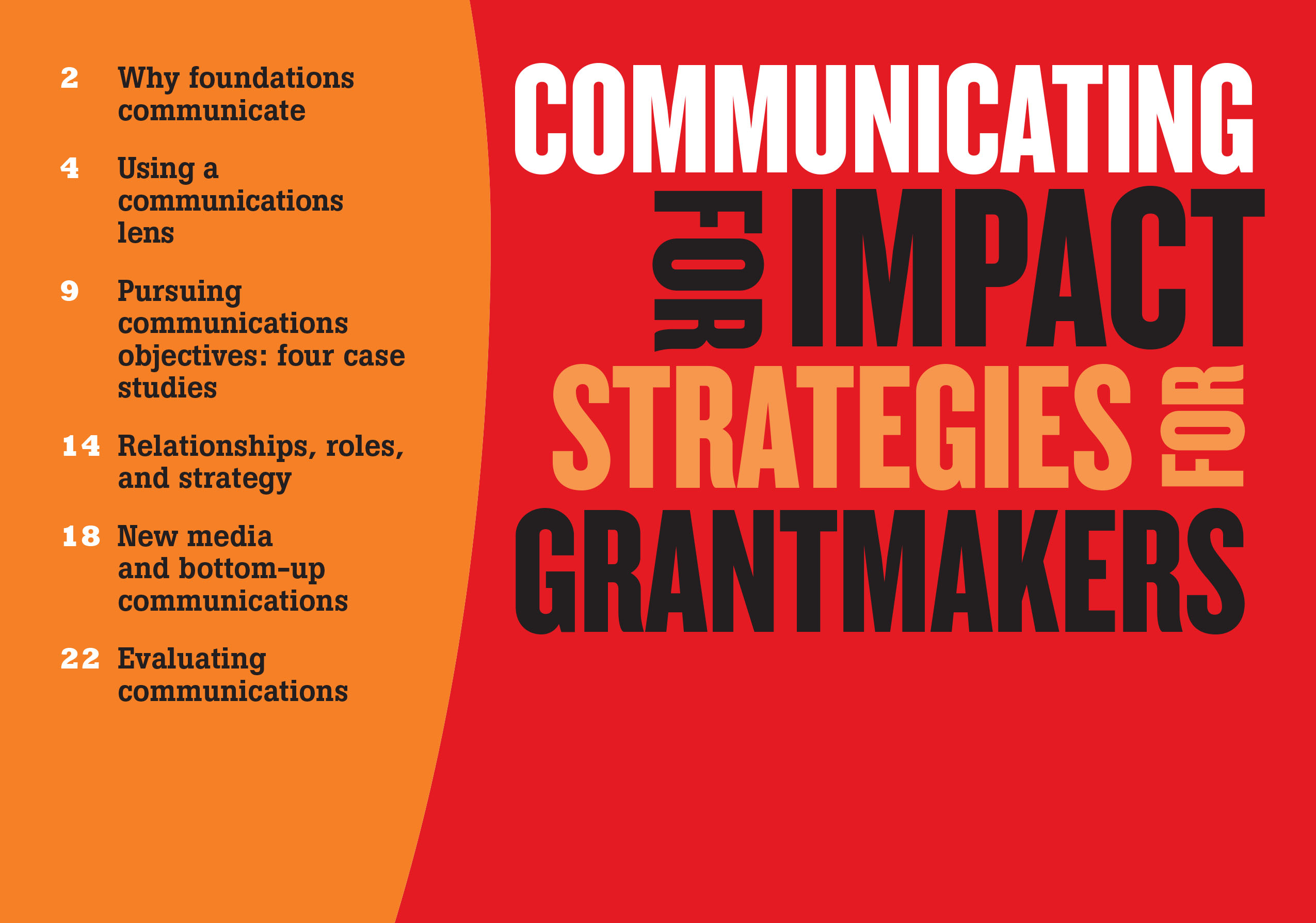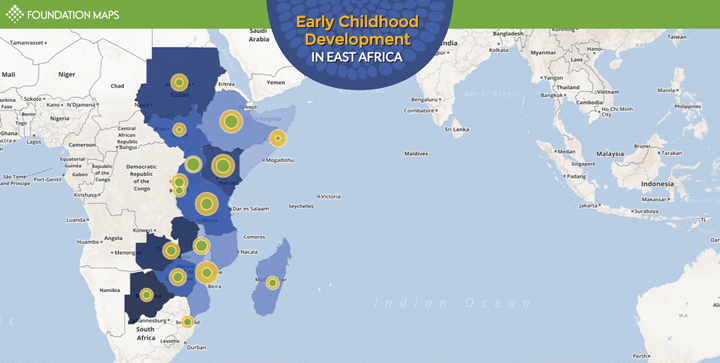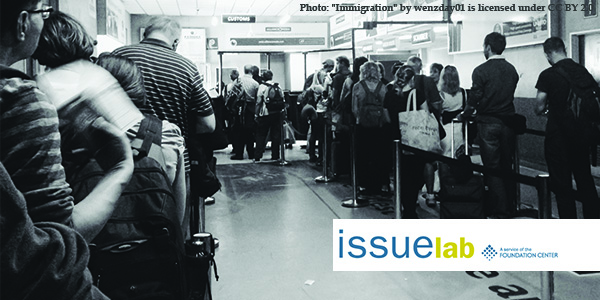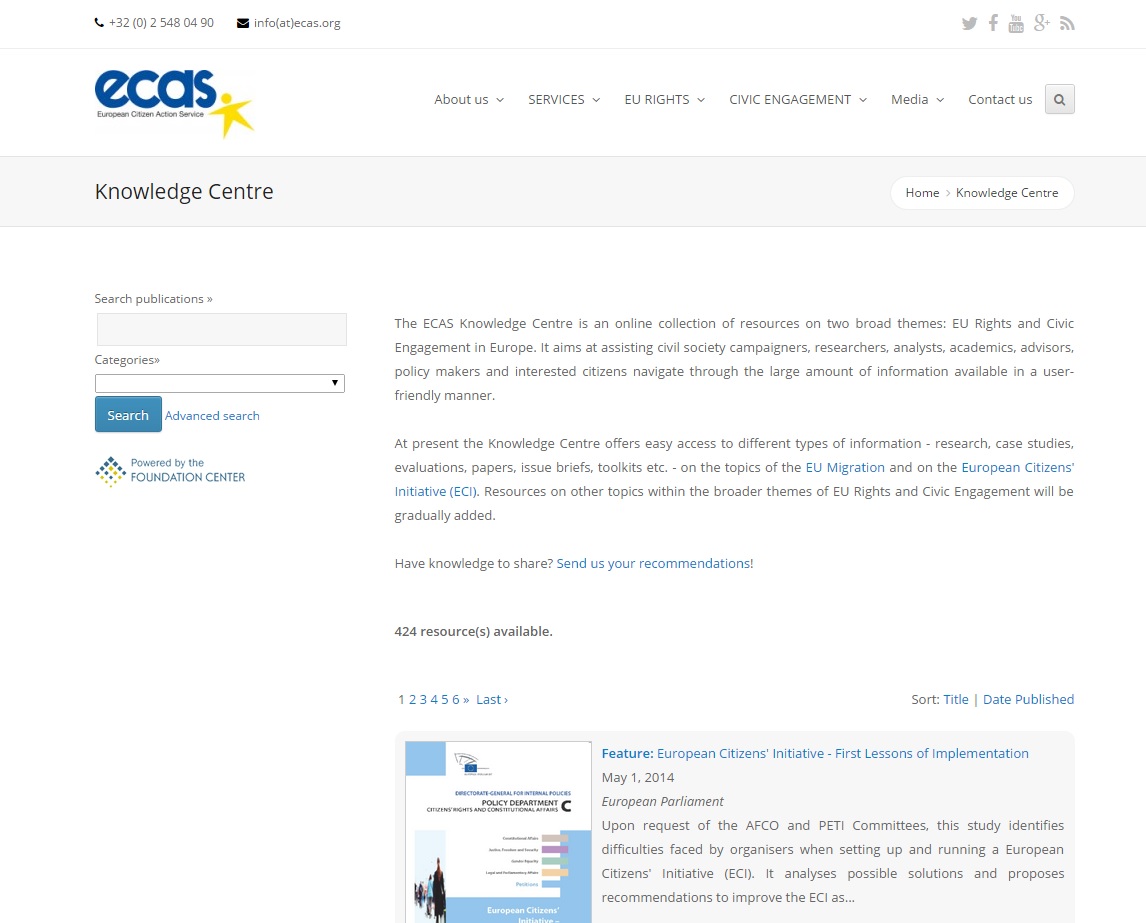Philanthropy’s Role in the Media Landscape Research report available
Over the last decade, media—the means by which we communicate—has evolved significantly. Television, radio, and print newspapers and magazines were once the primary means to obtain news and information. However, the rapid evolution of the Internet and mobile technology has generated new media platforms and expanded the universe of information creators, producers, and distributors. Media information once flowed in one direction, but the expansion of the field has made the movement more diffuse.
With this changing landscape as a backdrop, the Foundation Center, with support from the John S. and James L. Knight Foundation and the Wyncote Foundation, and in collaboration with Media Impact Funders, GuideStar, and the Ford Foundation, sought to provide a fuller picture of media-related grantmaking by U.S. foundations.
Tracking investments from 2009 to 2011, the data reveals that foundations are increasingly supporting media-related work across multiple areas. At the same time, they are tapping into larger trends, with investments in new media growing at a faster pace than traditional media investments. However, growth in grantmaking across the spectrum of media is inconsistent—with growth in public broadcasting falling behind growth in investments in other areas.
As demand for media funding continues to rise, these gaps are the most important ones to watch—especially considering the 2011 Federal Communications Commission report, The Information Needs of Communities, which called for philanthropy to play a bigger role in supporting media. Since this is a baseline assessment, it will be crucial to see how media grantmaking evolves.
Data highlights:
1,012 foundations made 12,040 media-related grants totaling $1.86 billion from 2009 to 2011
If treated as a single category, media-related grantmaking would have ranked seventh in domestic grantmaking in 2011 ($687.6 million), placing it just behind environment ($1.5 billion) and just ahead of science and technology ($535 million), religion ($471 million), and the social sciences ($234 million)
Media-related grantmaking grew at a higher rate than overall domestic grantmaking from 2009 to 2011 (21 percent increase vs. 5.8 percent, respectively)
Media grantmaking was categorized under five primary focus areas. Four areas experienced increases, with media application and tools having the highest level of growth (107.8 percent) and telecommunications infrastructure having the only decrease (48.4 percent)
Following broader societal trends, the growth in foundation support for new media (Web-based and mobile) vastly outpaced the growth in support for traditional media (print, television, and radio) by a factor of four (116.5 percent vs. 29.4 percent) from 2009 to 2011

